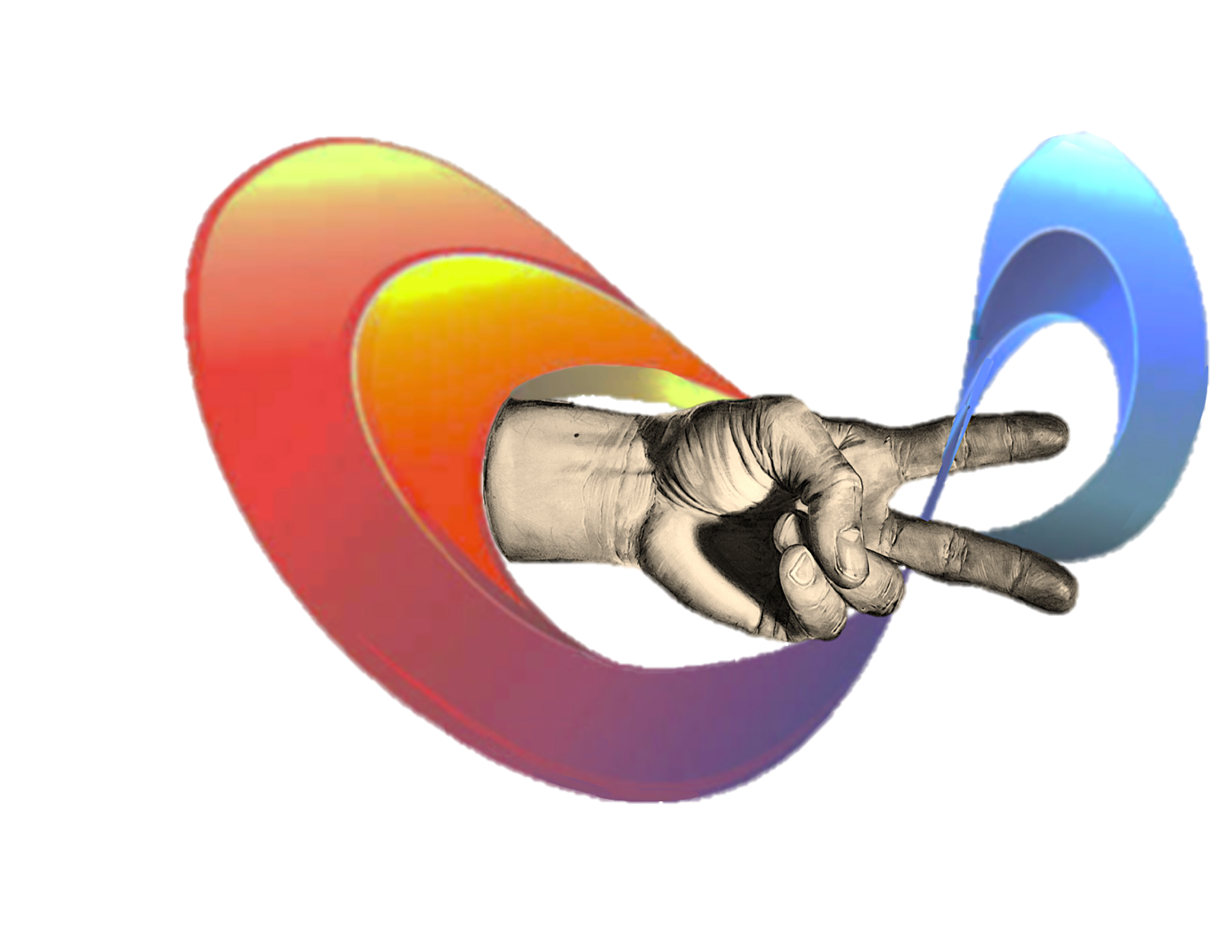 The painting furthest to the left is called Portrait d’une négresse by Marie-Guillemine Benoist. The artist, a daughter born in 1768 to Parisian civil servants in 1768, created this painting in 1800 — only six years after the French ended their part in the African slave trade. Now housed in the Louvre, Portrait d’une négresse has since become a symbol of women’s rights and freedom for black people.
The painting furthest to the left is called Portrait d’une négresse by Marie-Guillemine Benoist. The artist, a daughter born in 1768 to Parisian civil servants in 1768, created this painting in 1800 — only six years after the French ended their part in the African slave trade. Now housed in the Louvre, Portrait d’une négresse has since become a symbol of women’s rights and freedom for black people.
This iconic image has inspired countless imitations. A notable example is the Christian Louboutin 2011 Fall Lookbook based on several classic portraits photographed by Peter Lippmann. More recently there’s been the cover of Magazine Fuera de Serie (a lifestyle supplement to Spanish newspaper, Expansión) featuring a composite image of Benoist’s young slave girl, re-imagined as America’s first lady seated on the stars and stripes.
The reference is easily recognized by anyone who’s even vaguely familiar with the canon of fine art. Unfortunately, given the impoverished state of humanities education in America, the iconic meaning of this image has gone completely missed in the popular blogosphere.
The message, as Benoist originally intended it, represents the black woman as a figure of innocence and mercy. For the Hispanic world, deeply influenced by Catholicism, this representation of Michelle Obama inserts itself within the richly historical iconography of Our Lady of Guadalupe (or the Virgin Mary). The Spanish magazine article speaks of the first lady in glowing terms through the use of descriptive language like “intelligent, strong and classy” in order to convey the idea that Michelle functions as the president’s political backbone and social conscious.
Recent viewings of the magazine’s cover image have been mis-recognized by the American media. This, I think, is related to America’s cultural puritanism, which assigns any display of black female nudity to the field of anthropological curiosity or places it strictly within the domain of the pornographic. This point is aroused (all puns intended) whenever the subject of the black female nude is raised. Most American media outlets have obscured the offending nipple with strategic pixel placement or otherwise subjected the chocolate-colored areola to some other arbitrary redaction method. (Coverage of Mrs. Obama’s breast with a huge red star is among the most curious editorial objects noticed.)
This latest media dust-up reminds me of Janet Jackson’s Superbowl “wardrobe malfunction” controversy and demonstrates, by extension, America’s cultural fascination with the black breast — brown nipples, in particular — and highlights the racist American obsession with the sexual commodification of black women. Clearly, we can look at America’s antebellum exploitative labor practices of “employing” black women as wet-nurses for the children of white slave holders and understand this as a profound historical example. More generally, the cultural denial of breasts’ primary function for purposes of basic nutritional sustenance and the sexual fixation on this particular part of the human anatomy as an erotic object, when juxtaposed with the Eurocentric fixation on the gradient of colors from brown to black as signifying dirt or evil, might explain why this paradox still persists. Reactions to this Michelle Obama composite image easily call to mind a host of racist discourses surrounding black bodily hygiene.
What I find most interesting is related to the dismal state of visual literacy among Americans, which proves that critical approaches to reading images are so badly needed today. Alongside the nipple being perceived as indecent and improper, there is the problem of an overemphasis on appearance and form over contexts and content. (One gets the distinct sense that the same folk who can’t hold it together over a few misplaced commas and semicolons are the same individuals who are losing their minds over the sight of a little brown areola.)
As previously mentioned, so much ado surrounding the Spanish magazine’s supposed bad form has the unfortunate effect of overtaking the particular logos of the article and the collective ethos of Spanish religio-cultural aesthetic sense, in general. Moreover, and most egregiously, it seems to ignore the artistic pathos of Karine Percheron-Daniels who is known for her nude figure celebrity mash-ups. In fact, not only does the online version of the magazine article feature a nude likeness of Michelle Obama, but also featured are those of Princess Diana, Kate Middleton, and (yes!) Barack Obama too — all portrayed as classical nudes in repose.

